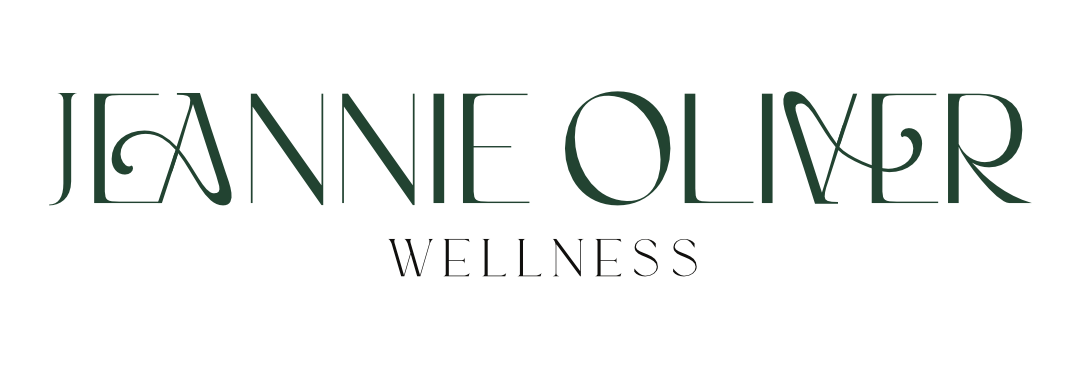How to Read Ingredient Lists
Have you ever looked at the front of a package and read the words “All-Natural” or “Heart-Healthy,” only to look at the ingredients list and find it is packed with salt, sugar, and chemicals you can’t even pronounce? The front of a food package has one purpose: to make you buy the product. It is not always fact-based and does not indicate the healthiness of the food inside. In order to know what you're really buying, you need to understand how to read and properly interpret the ingredient list and nutrition information label on food packages. You may be shocked when you begin to discover what's really in the food you buy! This post will help make you an informed consumer and better able to choose healthy, wholesome products.
It's important to know that ingredients are listed from highest to lowest proportions. That is, the first two or three ingredients are the majority of what the food contains. The last few ingredients make up very little of the product.
If you want to ensure that you are buying foods that are truly healthy – high-quality, nutritious, unprocessed – then follow the tips below.
Quick Overview: Rules for Reading Ingredient Lists
1. If you can’t pronounce it, don’t buy it/don’t eat it.
2. Ingredients are listed in order of quantity, with the largest quantity of ingredients listed first.
3. Choose foods with fewer ingredients; generally, the shorter the ingredient list, the less processed the food.
4. Avoid chemicals, preservatives, artificial flavors, and colors.
5. Avoid sugar, high fructose corn syrup (HFCS) and trans fats (anything hydrogenated)
The Details: Choosing Healthy Foods by their Ingredient List
Whole Grains
Particularly for cereals, crackers, pasta, and breads, the word "whole" should appear as the first or second ingredient, whether it is whole wheat, whole oats, whole rye, or another grain. One way to double-check is to look at the fiber content on the nutrition facts panel; whole-grain foods should deliver at least 3 grams of fiber per serving.
Hidden Sugars
Avoid foods with sugar listed in the first three ingredients, and be aware that “sugar” has many names, many of which add calories without boosting nutritional value, and others that can cause stomach distress and other symptoms. Ingredients that end in the word "ose" are all forms of sugar, such as fructose, sucrose and dextrose. Other sugar sources are honey, maple syrup, agave and corn sweeteners, including high fructose corn syrup (HFCS). A recent study at the University of California/Davis found that these sweeteners had a similar metabolic effect as other forms of sugar. To know exactly how many grams of total sugar a product contains, check out the Nutrient Facts label. Four to five grams of sugar is the equivalent of one teaspoon. Shoot for foods that contain more protein and fiber than sugar.
Partially Hydrogenated Oils
Partially hydrogenated oils are the primary source of trans fats, which have been shown to be even more harmful to arteries than saturated fat. Foods can be labeled "trans-fat free" even if they contain up to half a gram of trans fats per serving. Look on the ingredients list. If a food contains partially hydrogenated oils, it contains trans fats.
Artificial Sweeteners, as in Sucralose, Saccharin, Aspartame, Acesulfame
I tell all my clients (and everyone I know) to AVOID artificial sweeteners -- they can actually increase your craving for sweets, are loaded with chemicals, and are often the source of bloating, diarrhea, and other symptoms. The Center for Science in the Public Interest warns that some artificial sweeteners can be dangerous in large quantities. Daily diet sodas may be considered “large quantities” over the years!
Sodium Nitrite
Used as a preservative in meats, some research indicates that sodium nitrate may pose a cancer risk; another recent study suggested that nitrites and nitrates could interact with medications to damage DNA and increase the risk of cancer. The Center for Science in the Public Interest recommends limiting the amount you consume by choosing nitrite-free products whenever possible.
Artificial Colorings in Food
Research suggests that some colorings may pose health dangers, according to the Center for Science in the Public Interest. Artificial colorings are found in cereals, candy, soda, snack food –on and on, particularly those designed for children. They are listed on the ingredients label by their color name, such as Yellow 5, Yellow 6, Red 40, Red 3, Blue 1, Blue 2, Green 3, and Orange B.
Monosodium Glutamate (MSG)
MSG is an additive commonly used in Asian foods but many companies/restaurants add it to food to enhance flavor (at the expense of your health!) Some people experience “MSG symptom complex,” with reactions such as headache, flushing, sweating, fluttering heartbeat, and shortness of breath.
By avoiding these undesirable ingredients and eating as many fresh, unprocessed foods as possible you can feel better, look better and have better energy. It's impossible to eat perfectly so do your best and don't stress about the rest!
Did you know that now is an ideal time to “detox” from the winter months and enjoy the renewing foods of Spring? If you would like to look and feel better than you have in years, visit my events page for details on my upcoming spring detox program.

